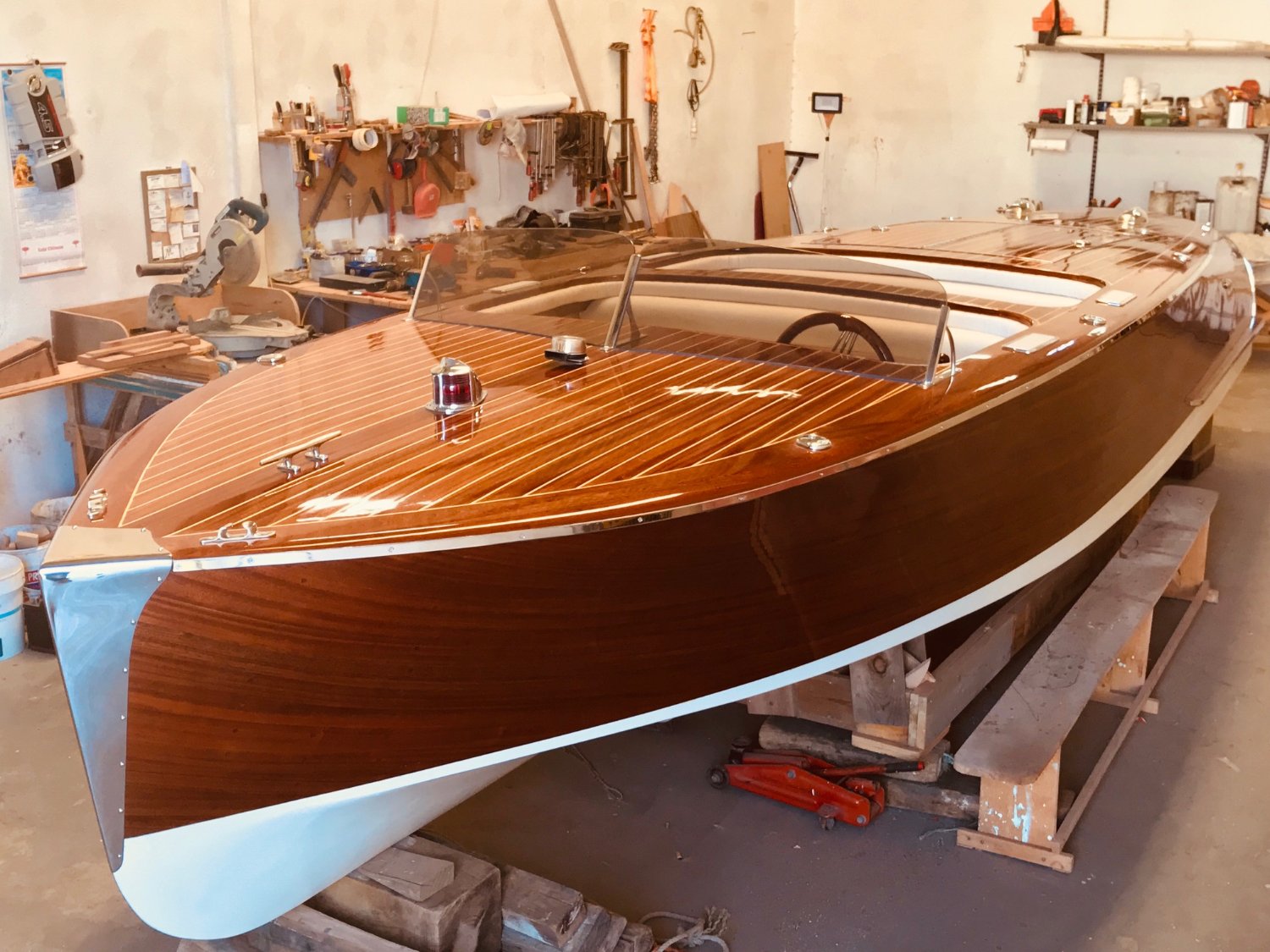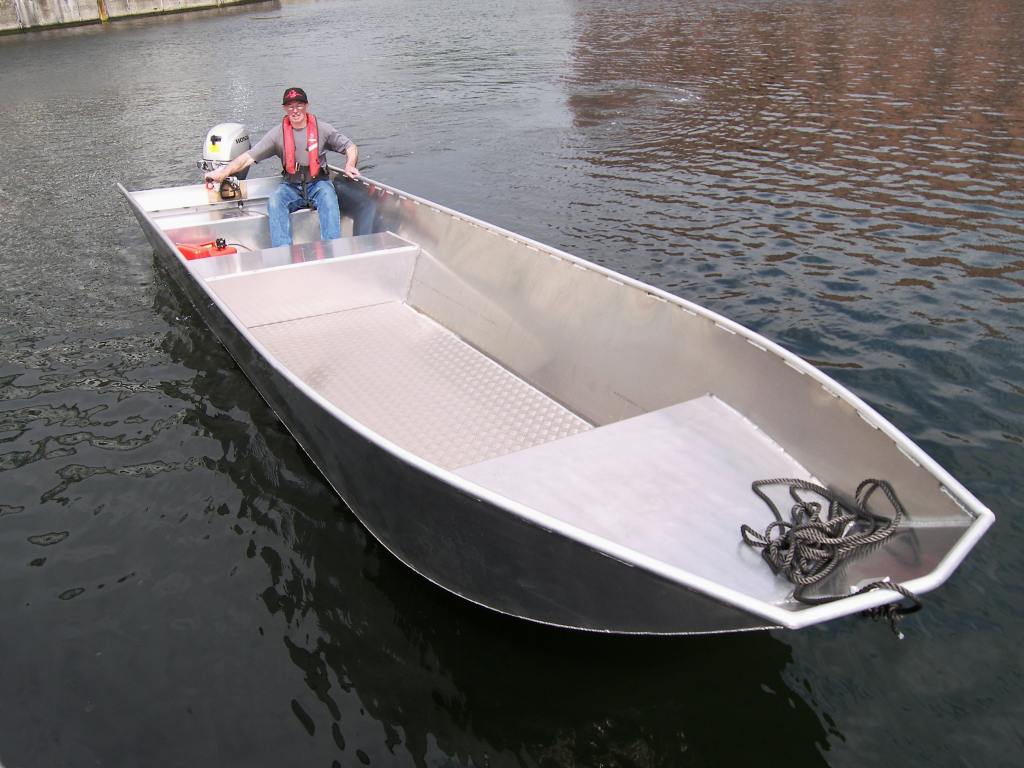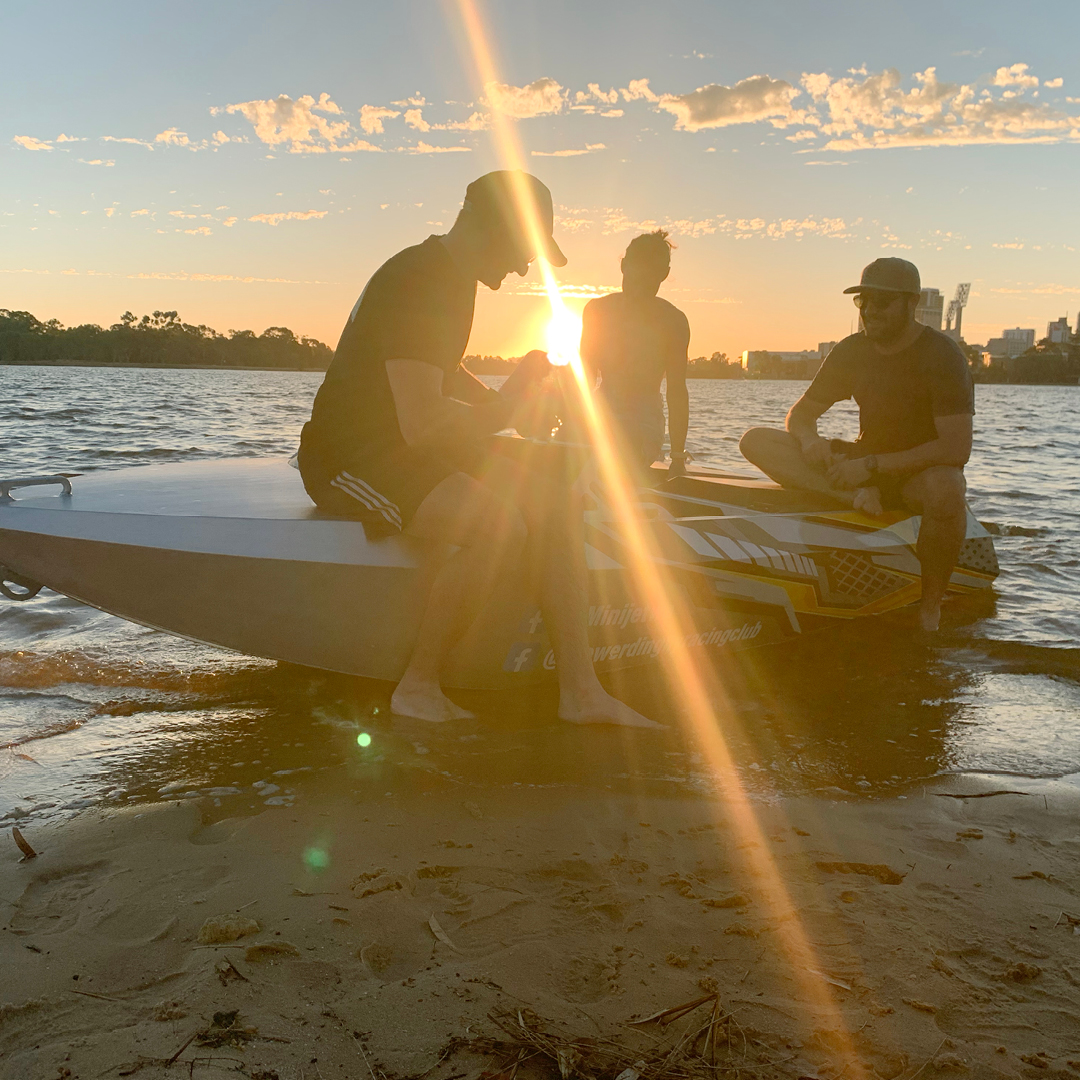
Beyond the Plans: Unveiling Hidden Gems in Wooden Boatbuilding
Building a wooden boat is a journey, a testament to human ingenuity and craftsmanship. While countless guides exist, "Step-by-Step Guide to Building a Wooden Boat with Precision" (let's call it "the Guide") provides a solid foundation. But what about the unspoken challenges, the nuanced techniques rarely discussed? This review delves beyond the surface, exploring those hidden gems and offering fresh perspectives for both seasoned builders and enthusiastic novices.
The Unsung Heroes: Material Selection and its Impact
The Guide rightly emphasizes precision, but what about the soul of your boat? The wood itself. We often focus on species and grade, but what about the microclimate where the lumber was grown?
Q: How does lumber's origin impact boatbuilding?
A: Lumber grown in consistently wet climates might appear flawless but possess hidden weaknesses compared to lumber from drier regions. Recent research (referencing forestry studies from the USDA Forest Service, for example, would be inserted here with a proper citation) shows a correlation between consistent rainfall and reduced wood density in some species popular for boatbuilding, like cedar and oak. This can significantly impact the structural integrity of your vessel over time. Consider sourcing your lumber with this in mind â€" perhaps a detailed inquiry with the supplier about growing conditions is warranted.
Beyond the Blueprint: Adapting to the Unexpected
Even the most meticulous plans can encounter unforeseen hurdles. The Guide addresses some, but what about those "aha!" moments that truly test your skills?
Q: How can a builder creatively solve for unexpected wood defects?
A: Let's say you discover a knot cluster in a crucial part of the keel. Simply replacing the timber isn't always feasible. Instead of scrapping the project, consider incorporating a compensatory structure. This could involve adding strategically placed reinforcing pieces, employing epoxy resin to consolidate the weaker area, or even creatively designing around the defect with a slight modification to your plans. This requires not just woodworking skills, but also engineering ingenuity and a willingness to adaptâ€"a lesson often overlooked.
Story of a Knot: A Real-World Example
I once encountered a large, unexpected knot in the transom of a boat I was building. Instead of replacing the entire piece (which would have been incredibly difficult), I consulted with a naval architect and we designed a reinforced support structure using fiberglass and epoxy resin that actually ended up *strengthening* the transom beyond its original specifications. It became a testament to resourcefulness and a unique feature of the vessel.
Finishing Touches: The Art of Preservation
The Guide touches on finishing, but the long-term preservation of your handcrafted masterpiece deserves deeper consideration.
Q: What are the emerging trends in environmentally conscious boat finishing?
A: Traditional varnishes and paints often contain harmful chemicals. The current trend is towards bio-based alternatives. Research is ongoing (mentioning specific research publications or industry bodies involved in sustainable boatbuilding would strengthen this point), exploring natural oils, waxes, and resins with improved UV protection and durability. This not only minimizes environmental impact but also enhances the boat's natural beauty. Consider exploring options like linseed oil, tung oil, or even milk paint for a more sustainable and aesthetically pleasing finish.
Beyond the Boat: The Broader Skillset
Building a wooden boat isn't just about carpentry; it's about problem-solving, resource management, and a deep appreciation for materials and their properties. It's a holistic skillset.
The Guide lays a solid foundation, but embracing the unexpected, learning from your mistakes, and constantly seeking new knowledge and techniques will truly elevate your craft. This journey is about more than just building a boat; it's about cultivating a lifelong passion for woodworking and its endless possibilities.




















